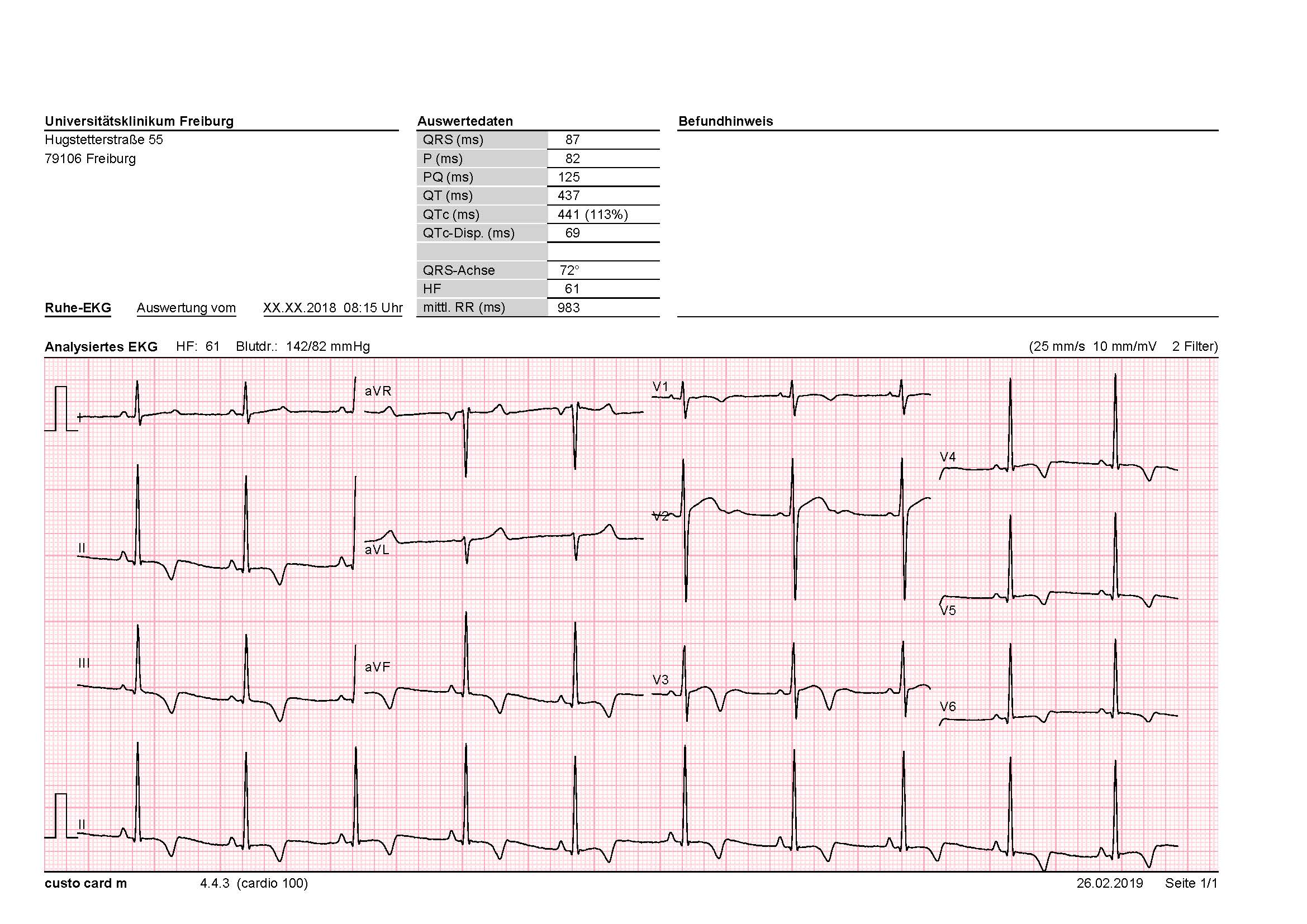The case
Description
16-year-old Caucasian female national level soccer athlete presented for her yearly pre-participation screening as she is part of the soccer team of our federal state:
- The patient was asymptomatic from a cardiovascular perspective with no family history of sudden cardiac death or other cardiovascular disease.
- The athlete plays soccer as an outfield player competitively and is currently training for about 8-10 hours a week.
- Her physical examination was unremarkable.
- The patient’s electrolytes were normal.
A 12-lead ECG is shown below:

Test your knowledge
Interested in learning more? Access the ESC e-learning platform and discover the EAPC Sports Cardiology online courses.
Not yet an EAPC member?
Note: The views and opinions expressed on this page are those of the author and may not be accepted by others. While every attempt is made to keep the information up to date, there is always going to be a lag in updating information. The reader is encouraged to read this in conjunction with appropriate ESC Guidelines. The material on this page is for educational purposes and is not for use as a definitive management strategy in the care of patients. Quiz material in the site are only examples and do not guarantee outcomes from formal examinations.


 Our mission: To reduce the burden of cardiovascular disease.
Our mission: To reduce the burden of cardiovascular disease.